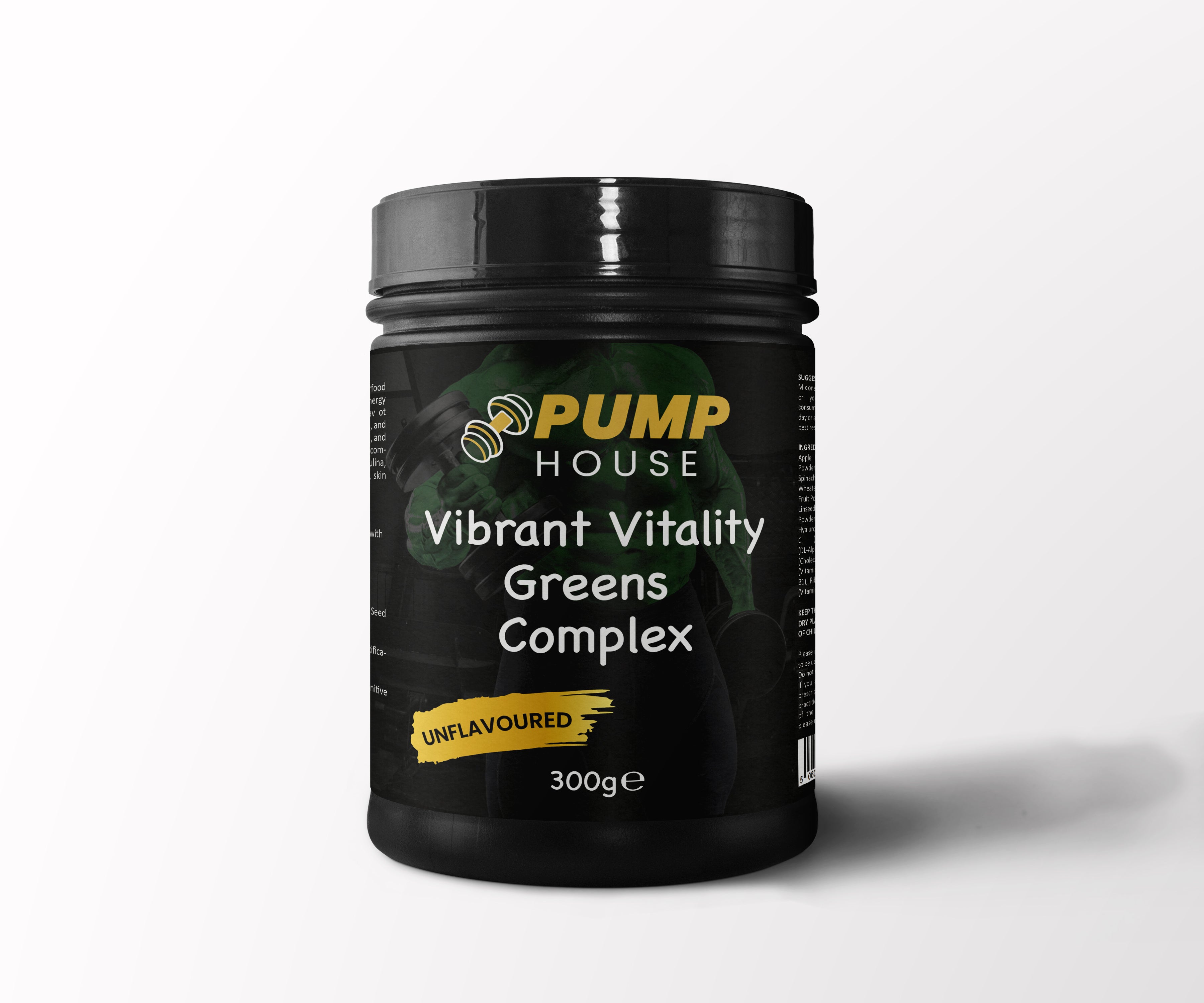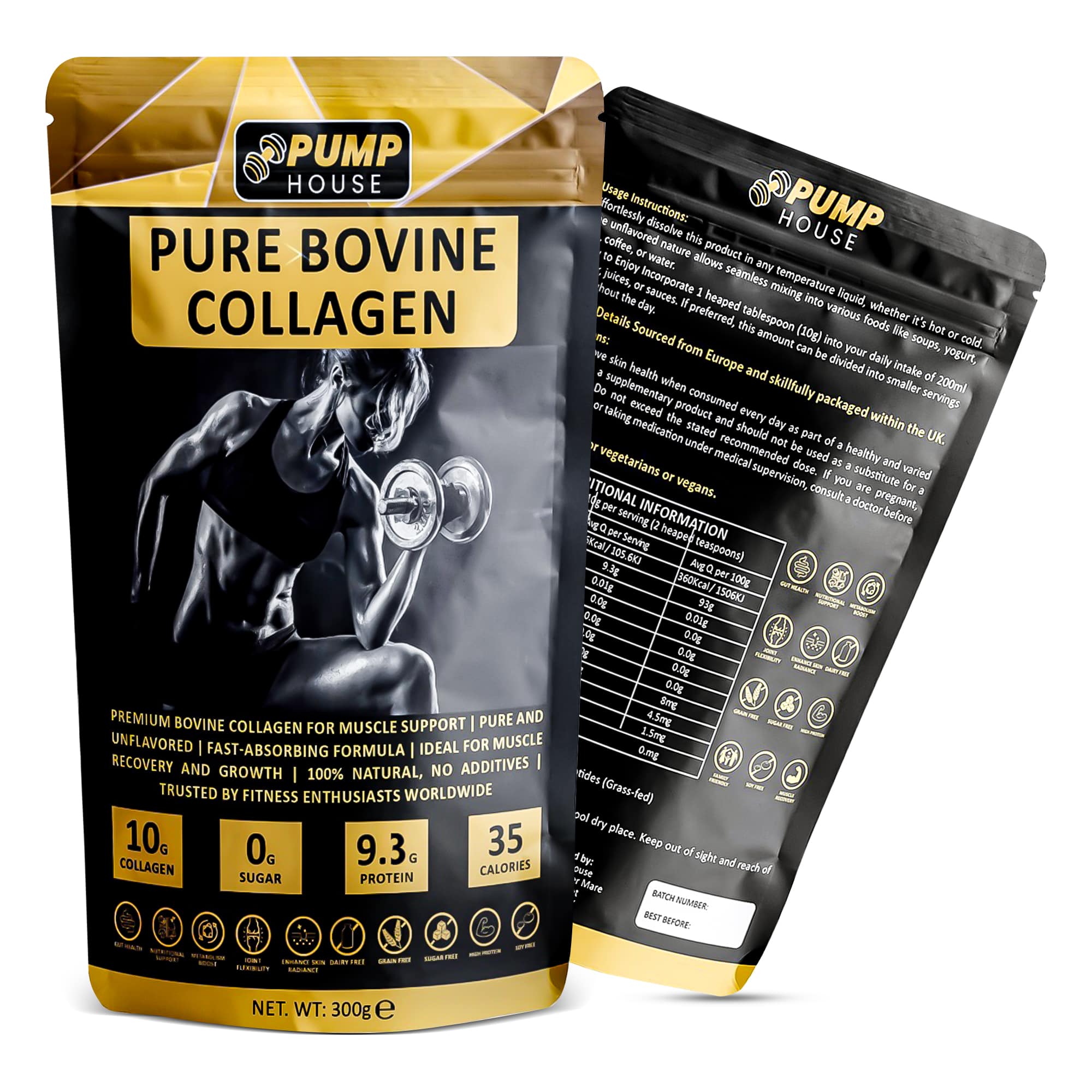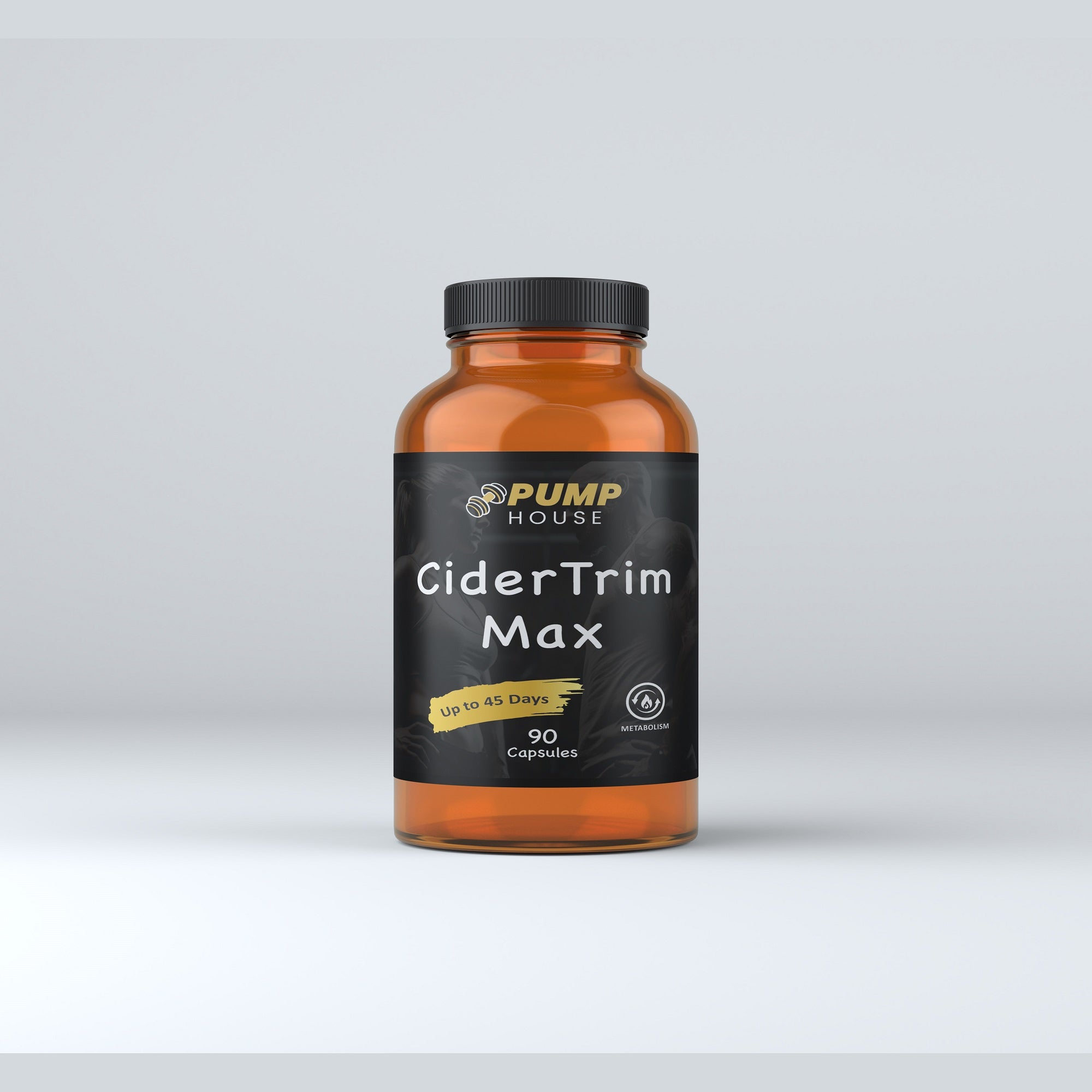
Maximizing Endurance with Protein Pacing: The Science of Amino Acid Timing
Maximizing Endurance with Protein Pacing: The Science of Amino Acid Timing
Introduction
Protein pacing is a nutritional strategy that has gained popularity among endurance athletes in recent years. It involves consuming protein at regular intervals throughout the day to optimize muscle recovery and growth. This approach differs from traditional protein intake, which typically involves consuming a large amount of protein in one or two meals. Protein pacing has been shown to have numerous benefits for endurance athletes, including improved muscle recovery, reduced muscle soreness, and enhanced athletic performance.
Understanding Protein Pacing: A Beginner's Guide
Protein pacing is a method of consuming protein that involves spreading out protein intake throughout the day, rather than consuming it all at once. This approach allows for a more consistent supply of amino acids, the building blocks of protein, to be available for muscle repair and growth. By consuming protein at regular intervals, endurance athletes can optimize their muscle recovery and enhance their athletic performance.
Traditional protein intake typically involves consuming a large amount of protein in one or two meals, such as a post-workout shake or a protein-rich dinner. While this approach can provide the necessary protein for muscle recovery, it may not be as effective as protein pacing. By spreading out protein intake throughout the day, athletes can ensure a steady supply of amino acids to their muscles, which can enhance muscle recovery and growth.
The benefits of protein pacing for endurance athletes are numerous. By consuming protein at regular intervals, athletes can optimize their muscle recovery and reduce muscle soreness. This can lead to improved athletic performance and a reduced risk of injury. Additionally, protein pacing can help athletes maintain a positive nitrogen balance, which is essential for muscle growth. Overall, protein pacing is a valuable tool for endurance athletes looking to optimize their performance and recovery.
The Role of Amino Acids in Endurance Training
Amino acids are the building blocks of protein and play a crucial role in endurance training. They are essential for muscle repair and growth, as well as for the production of energy during exercise. There are 20 different amino acids, nine of which are considered essential, meaning they cannot be produced by the body and must be obtained through diet.
Amino acids can be divided into three categories: essential amino acids, non-essential amino acids, and conditional amino acids. Essential amino acids are those that the body cannot produce and must be obtained through diet. Non-essential amino acids are those that the body can produce on its own. Conditional amino acids are those that are only essential in certain situations, such as during times of illness or stress.
Amino acids play a crucial role in muscle recovery and growth. During exercise, muscle tissue is broken down, and amino acids are needed to repair and rebuild this tissue. By consuming protein, athletes can provide their muscles with the necessary amino acids to support this process. Additionally, amino acids are involved in the production of energy during exercise, making them essential for endurance athletes.
How Protein Pacing Can Boost Athletic Performance
Protein pacing can have a significant impact on athletic performance, particularly for endurance athletes. By consuming protein at regular intervals throughout the day, athletes can optimize their muscle recovery and reduce muscle soreness. This can lead to improved athletic performance and a reduced risk of injury.
One of the key benefits of protein pacing is its impact on muscle recovery. By consuming protein at regular intervals, athletes can ensure a steady supply of amino acids to their muscles, which can enhance the repair and growth of muscle tissue. This can lead to faster recovery times and a reduced risk of overtraining.
Protein pacing can also help reduce muscle soreness. When muscles are subjected to intense exercise, they can become damaged and inflamed, leading to soreness. By consuming protein at regular intervals, athletes can provide their muscles with the necessary amino acids to repair this damage and reduce inflammation. This can lead to a faster recovery and a reduced risk of muscle soreness.
In addition to its impact on muscle recovery and soreness, protein pacing can also enhance overall athletic performance. By providing a steady supply of amino acids to the muscles, athletes can optimize their muscle function and energy production. This can lead to improved endurance, strength, and power, allowing athletes to perform at their best.
The Science Behind Amino Acid Timing
The timing of amino acid intake is crucial for optimal results. By consuming amino acids at specific times, athletes can maximize their muscle recovery and growth. There are three key times to consider when timing amino acid intake: pre-workout, during workout, and post-workout.
Pre-workout amino acid intake is important for providing the muscles with the necessary fuel and building blocks for exercise. Consuming amino acids before a workout can help increase muscle protein synthesis, which is the process by which the body builds new muscle tissue. This can enhance muscle recovery and growth, as well as improve athletic performance.
During workout amino acid intake is important for maintaining a steady supply of amino acids to the muscles during exercise. This can help prevent muscle breakdown and enhance muscle recovery. Consuming amino acids during a workout can also help provide the necessary energy for exercise, as amino acids can be used as a fuel source.
Post-workout amino acid intake is crucial for muscle recovery and growth. After a workout, the muscles are in a state of repair and growth, and consuming amino acids at this time can help support this process. By providing the muscles with the necessary amino acids, athletes can enhance muscle recovery and growth, leading to improved athletic performance.
The Benefits of Protein Pacing for Endurance Athletes
Protein pacing offers numerous benefits for endurance athletes. By consuming protein at regular intervals throughout the day, athletes can optimize their muscle recovery, reduce fatigue, and enhance their overall athletic performance.
One of the key benefits of protein pacing is its impact on endurance. By providing a steady supply of amino acids to the muscles, athletes can enhance their muscle function and energy production. This can lead to improved endurance, allowing athletes to perform at a higher level for longer periods of time.
Protein pacing can also help reduce fatigue. By consuming protein at regular intervals, athletes can ensure a steady supply of amino acids to their muscles, which can help prevent muscle breakdown and fatigue. This can lead to improved athletic performance and a reduced risk of overtraining.
In addition to its impact on endurance and fatigue, protein pacing can also enhance muscle recovery and growth. By consuming protein at regular intervals, athletes can provide their muscles with the necessary amino acids to repair and rebuild muscle tissue. This can lead to faster recovery times and enhanced muscle growth, allowing athletes to perform at their best.
The Ideal Protein Intake for Endurance Training
The ideal protein intake for endurance athletes depends on a variety of factors, including body weight, training intensity, and goals. However, a general guideline is to consume around 1.2-2.0 grams of protein per kilogram of body weight per day. This can help ensure an adequate supply of amino acids for muscle recovery and growth.
Protein intake is particularly important for endurance athletes, as they have higher protein requirements than sedentary individuals. Endurance training places a significant amount of stress on the muscles, leading to increased muscle breakdown and the need for more protein to support muscle recovery and growth.
The impact of protein intake on muscle recovery and growth is well-documented. Consuming an adequate amount of protein can help optimize muscle protein synthesis, which is the process by which the body builds new muscle tissue. This can lead to faster recovery times and enhanced muscle growth, allowing athletes to perform at their best.
It is also important to note that the timing of protein intake is crucial for optimal results. By consuming protein at specific times, such as before and after a workout, athletes can maximize their muscle recovery and growth. This can lead to improved athletic performance and a reduced risk of injury.
Incorporating Protein Pacing into Your Workout Routine
Incorporating protein pacing into your workout routine is relatively simple and can have a significant impact on your athletic performance. The key is to consume protein at regular intervals throughout the day, rather than in one or two large meals.
One way to incorporate protein pacing into your workout routine is to consume a protein-rich snack or meal every 3-4 hours. This can help ensure a steady supply of amino acids to your muscles, which can enhance muscle recovery and growth. Examples of protein-rich snacks include Greek yogurt, cottage cheese, and protein bars.
Another way to incorporate protein pacing into your workout routine is to consume a protein shake before and after your workouts. This can help provide your muscles with the necessary amino acids to support muscle recovery and growth. Look for a protein powder that contains a blend of fast-acting and slow-acting proteins for optimal results.
It is also important to consider the quality of the protein sources you consume. Opt for lean sources of protein, such as chicken, turkey, fish, and tofu. These sources are low in fat and high in protein, making them ideal for muscle recovery and growth.
The Importance of Quality Protein Sources for Endurance Training
The quality of protein sources is crucial for endurance athletes. Consuming high-quality protein sources can enhance muscle recovery and growth, while consuming low-quality protein sources can hinder these processes.
High-quality protein sources are those that contain all of the essential amino acids in the right proportions. These sources are typically animal-based, such as lean meats, poultry, fish, and dairy products. Plant-based protein sources, such as beans, lentils, and tofu, can also be high-quality if combined properly.
Low-quality protein sources are those that are lacking in one or more essential amino acids. These sources are typically plant-based, such as grains, nuts, and seeds. While these sources can still provide some protein, they may not be as effective for muscle recovery and growth as high-quality sources.
The impact of protein source on muscle recovery and growth is well-documented. Consuming high-quality protein sources can enhance muscle protein synthesis, which is the process by which the body builds new muscle tissue. This can lead to faster recovery times and enhanced muscle growth, allowing athletes to perform at their best.
Maximizing Endurance with Protein Pacing: Real Life Examples
There are numerous real-life examples of athletes who have benefited from protein pacing. These athletes have experienced improved endurance, reduced fatigue, and enhanced overall athletic performance as a result of incorporating protein pacing into their training routines.
One example is professional cyclist Chris Froome. Froome is known for his exceptional endurance and has won multiple Tour de France titles. He credits his success, in part, to his protein pacing routine. Froome consumes a protein-rich snack or meal every 3-4 hours to ensure a steady supply of amino acids to his muscles. This has helped him optimize his muscle recovery and enhance his endurance.
Another example is long-distance runner Mo Farah. Farah is a four-time Olympic gold medalist and has set numerous world records in distance running. He attributes his success, in part, to his protein pacing routine. Farah consumes a protein shake before and after his workouts to provide his muscles with the necessary amino acids for recovery and growth. This has helped him reduce fatigue and improve his overall athletic performance.
These examples highlight the potential benefits of protein pacing for endurance athletes. By consuming protein at regular intervals throughout the day, athletes can optimize their muscle recovery, reduce fatigue, and enhance their overall athletic performance.
The Future of Endurance Training: Protein Pacing and Beyond
Protein pacing has the potential to revolutionize endurance training. By optimizing muscle recovery and growth, athletes can enhance their endurance, reduce fatigue, and improve their overall athletic performance. However, protein pacing is just one piece of the puzzle when it comes to endurance training.
There are other emerging trends in endurance training that are worth exploring. One example is the use of carbohydrate cycling to optimize energy production during exercise. By strategically timing carbohydrate intake, athletes can enhance their glycogen stores and improve their endurance. This can be particularly beneficial for long-distance events, such as marathons and triathlons.
Another emerging trend is the use of high-intensity interval training (HIIT) to improve endurance. HIIT involves alternating between periods of high-intensity exercise and periods of rest or low-intensity exercise. This type of training has been shown to improve aerobic capacity and endurance, making it a valuable tool for endurance athletes.
The future of endurance training is likely to involve a combination of these strategies, including protein pacing, carbohydrate cycling, and HIIT. By incorporating these strategies into their training routines, athletes can optimize their endurance, reduce fatigue, and improve their overall athletic performance.
Conclusion
Protein pacing is a valuable tool for endurance athletes looking to optimize their performance and recovery. By consuming protein at regular intervals throughout the day, athletes can enhance their muscle recovery, reduce fatigue, and improve their overall athletic performance. The timing of protein intake is crucial for optimal results, with pre, during, and post-workout being key times to consider.
Incorporating protein pacing into your workout routine is relatively simple and can have a significant impact on your athletic performance. By consuming protein-rich snacks or meals every 3-4 hours, athletes can ensure a steady supply of amino acids to their muscles. Additionally, choosing high-quality protein sources can further enhance muscle recovery and growth.
The future of endurance training is likely to involve a combination of strategies, including protein pacing, carbohydrate cycling, and HIIT. By incorporating these strategies into their training routines, athletes can optimize their endurance, reduce fatigue, and improve their overall athletic performance. So why not give protein pacing a try and see the benefits for yourself?
If you're interested in optimizing your endurance, you may also want to check out this related article on the benefits of bovine collagen supplements. Bovine collagen is a natural way to boost both your beauty and wellness. It has been found to have numerous benefits, including regulating blood sugar spikes and promoting joint health. To learn more about the power of bovine collagen, click here.







